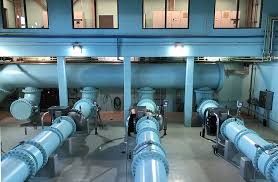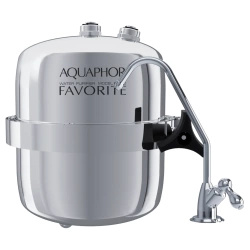
Water treatment is the removal of harmful chemical, organic or mechanical substances from water. The difficulty of this process is not related to the technology itself. This is because today there are many high-quality methods available to remove virtually any type of contaminant. See the comparison of water filtration methods for a better understanding of the topic.
Where is the problem with water treatment?
The problem, however, is to find out why our water is not suitable for our intended purposes, e.g. drinking, washing, etc. It is therefore a good idea to test the quality of your water to understand what contaminants are in it. You can do it yourself by, for example, buying a water testing kit. In addition, you can have your water composition professionally analyzed by a specialized institution.
Is Reverse Osmosis a remedy for everything?
You can also use a reverse osmosis (RO) filter, which will remove the vast majority of contaminants. In short, a RO filter works like an ultra-fine sieve that only allows water molecules to pass through. As a result, it traps the remaining impurities, including bacteria and viruses, chemical and mechanical impurities. Above all, it is the best solution for treating water for drinking purposes.
Why not RO?
In certain cases, however, a RO filter may not be sufficient. One of such instances is a high mechanical water contamination, which causes accelerated damage to household appliances. If your shower often shows a white/rusty film or if your washing machine or dishwasher requires a frequent visit from a service technician, it may mean that you have hard water. If this is the case, your reverse osmosis filter will wear out very quickly.
Most home water treatment systems consist of 4 – 6 filters, which one by one remove lesser and lesser impurities. The last stage of water filtration in such a system is the osmotic membrane. It removes those contaminants that were not 'caught’ by the other filters. The contaminants affect the taste and smell or pose a health risk (e.g. bacteria, viruses and fungi).

